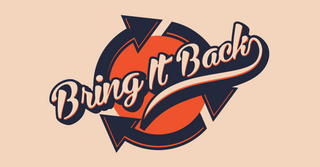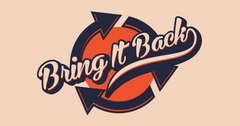Supreme is a name that resonates deeply within the world of streetwear and fashion. Known for its iconic box logo and highly coveted drops, Supreme has built a cult following that spans the globe. For enthusiasts and collectors, the brand's journey from a small skate shop in New York City to a powerhouse in the fashion industry is nothing short of fascinating, and truly reflects a story of innovation, collaboration, and cultural impact.
Supreme was founded by James Jebbia in 1994 in New York City's Lower Manhattan. Originally a skate shop, Supreme was designed to cater to the needs of skaters, providing not only a place to buy gear but also a space that embodied the skate culture. The store’s layout was unique, with clothing displayed around the perimeter and an open space in the middle for skaters to maneuver, reflecting the brand's deep connection to the skateboarding community.
The first Supreme store quickly became a hub for skaters and downtown creatives, drawing in a crowd that appreciated the brand’s authentic approach and high-quality products. Early on, Supreme distinguished itself by collaborating with local artists and designers, creating limited-edition items that set the stage for its future approach to fashion.
While Supreme enjoyed a steady growth and a loyal following throughout the 2000s, it was in 2016 that the brand experienced a dramatic rise to mainstream popularity. This period marked a significant shift, as Supreme's collaborations with high-profile brands and celebrities brought it into the global spotlight.
One of the key factors in Supreme's rise was its strategic collaborations with major brands such as Nike, The North Face, and Louis Vuitton. The 2017 collaboration with Louis Vuitton, in particular, was a game-changer. It merged high fashion with streetwear in an unprecedented way, attracting a broader audience and media attention.
The concept of "hypebeast culture" also played a crucial role in Supreme's rise. The brand’s limited releases created a sense of exclusivity and urgency, with items selling out in minutes and reselling for multiple times their original price. This phenomenon turned Supreme into not just a brand but a lifestyle and a status symbol.
In November 2020, VF Corporation, the parent company of Timberland, announced its acquisition of Supreme for a staggering $2.1 billion. This acquisition marked a significant milestone in Supreme's history, bringing the brand under the umbrella of one of the largest apparel and footwear companies in the world. The acquisition provided Supreme with resources to expand its global reach while maintaining its unique brand identity. VF Corporation’s extensive infrastructure and expertise in retail operations offered Supreme opportunities for growth and innovation.
Despite concerns from some fans about the brand's future, Supreme has continued to operate with the same ethos and commitment to quality that it has always upheld. The brand's ability to stay true to its roots while evolving in a rapidly changing market is a testament to its strong foundation and strategic leadership.


